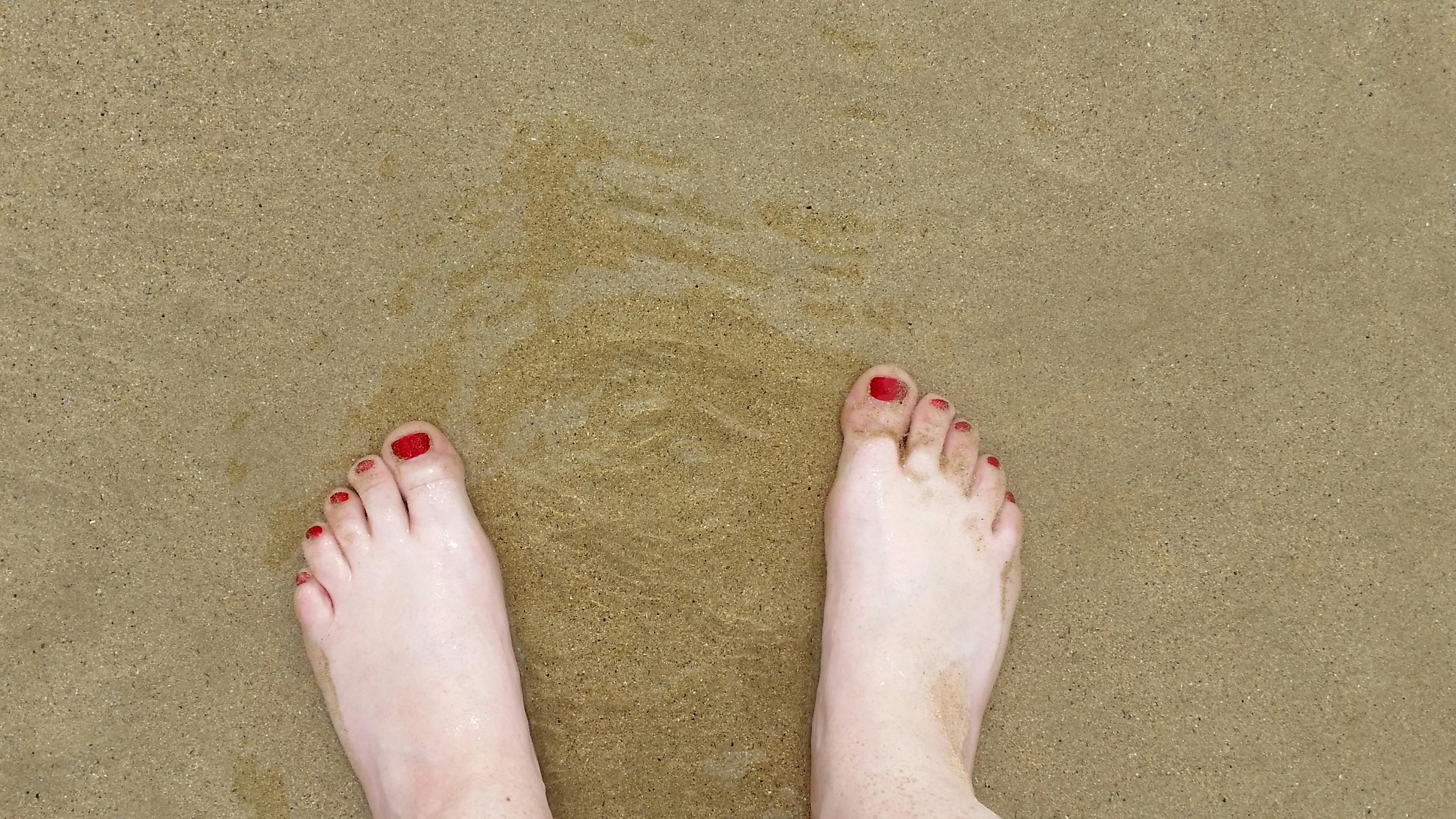Get Going With Plantar Fasciitis Treatment
Plantar Fasciitis Treatment: The Definitive Guide for Customer Service Plantar Fasciitis Treatment ...
For some professional athletes, simply changing running shoes can considerably relieve plantar fascia discomfort. A physical therapist can utilize a number of various taping methods to support the plantar fascia, offering it a chance to recover. Some shoes can be fitted with inserts. One example is an orthotic, which covers the length of the shoe.
Another option is a heel cup. This insert is developed to support and cushion the heel. Plantar fasciitis is connected with less flexibility in the ankle, Achilles tendon, and calf muscles. Gentle extending to enhance versatility can make the biomechanics of standing, strolling, and jogging less stressful for the plantar fascia.
Utilizing mild pressure, roll the tennis ball backward and forward under the foot. Stand 18 inches away from a wall with feet about 6 inches apart and place hands against the wall, at shoulder height. Without moving feet, lean into the wall, flexing the foot and stretching the Achilles tendon and calf muscles Rest on the flooring with legs directly in front.
Facts Everyone Should Know About Plantar Fasciitis Treatment
Stretches like these last two, in which the top of the foot and toes approach the shin, are called dorsiflexion stretches. Applying a cold-pack or bag of ice to bottom of the foot may offer discomfort remedy for plantar fasciitis. Relief can also be discovered by rolling the bottom of the foot on a frozen plastic water bottle.
Procedure Concepts. For runners, increasing the number of steps per mileusing a much shorter stride but increasing cadence to preserve speedmay minimize the stress on the plantar fascia even though there will be more steps per minute.1.Extra weight puts an increased pressure on the plantar fascia tissue. Shedding excess pounds will lighten the load on the body's musculoskeletal system, including the plantar fascia.
This avoids the plantar fascia from resting in a contracted position. (Naturally, many people discover these splints difficult to oversleep.). While it is ruled out basic treatment, deep myofascial massage might promote blood circulation and recovery. While not all experts concur, some think using manual manipulation/mobilization (by a chiropractic specialist or other competent health expert) along with workout is an efficient method to deal with plantar fasciitis.2, People with relentless, moderate to extreme cases of plantar fasciitis, may utilize these non-medical treatments in conjunction with medications, injections, or surgical treatments.
Explore everything Plantar Fasciitis Treatment has to offer

Medications are not a remedy for plantar fasciitis and must be utilized in conjunction with other treatments. Non-steroidal anti-inflammatory drugs are utilized to reduce swelling and swelling, and are suggested for patients experiencing moderate to serious discomfort (Blog Link). NSAIDs consist of aspirin (e.g. Bayer), ibuprofen (e.g. Advil), naproxen (e.g. Aleve), and cox-2 inhibitors.
dexamethasone) through healthy skin to the sore area.1 Iontophoresis might be recommended to patients with plantar fasciitis who can't tolerate injections or want to prevent injections. If non-medical treatments and medications do not provide remedy for plantar fasciitis, patients might think about injections. 1. Wellenkotter J, Kernozek TW, Meardon S, Suchomel T.

Int J Sports Medication. 2014; 35( 9 ):779 -84.2. Bronfort G, Haas M, Evans R, Leininger B, Triano J. Effectiveness of manual treatments: the UK evidence report. Chiropr Osteopat. 2010; 18:3.3. Clar C, Tsertsvadze A, Court R, Hundt GL, Clarke A, Sutcliffe P. Medical effectiveness of manual therapy for the management of musculoskeletal and non-musculoskeletal conditions: systematic review and update of UK evidence report.
Plantar Fasciitis Treatment for Local Customer Service - Tactics from The Experts
The plantar fascia is a long, thin ligament present along the bottom of the foot that produces the arch of the foot. It extends from the heel bone, and after that divides and fans out to attach itself to the toes. Plantar fasciitis is a condition where the plantar fascia ends up being irritated from overstretching or overuse, causing pain in the heel and bottom of the foot.
Plantar fasciitis happens when you strain or irritate the plantar fascia ligament. Repetitive pressure can result in small tears in the ligament, leading to pain and swelling, which can make walking difficult. Pressures can happen due to: High or low foot arch Weight problems or abrupt weight gain Tight Achilles tendon which connects the calf muscles to the heel Starting a brand-new activity or increasing the strength of an activity Wearing inappropriate shoes with soles that are too soft, do not fit well or provide poor arch support The significant grievance of plantar fasciitis is pain and tightness in the heel and foot.
Your physician may watch how you stand and walk, and examine associated conditions such as high arches. X-rays of the foot can be taken if your physician presumes a tension fracture, a hairline fracture in the bone, or other associated conditions such as a heel spur, which is extra calcium deposit on the heel bone.
How to Overwhelm Your Competition by Great Plantar Fasciitis Treatment
Conservative treatment measures include: Rest: Rest is the first action that is considered for decreasing pain and preventing further damage to the ligament. Ice: Rolling your foot over ice can be extremely efficient in reducing swelling, and is suggested for 20 minutes, 3-4 times a day Medications: NSAIDs (non-steroidal anti-inflammatory drugs) may be prescribed for relief of discomfort and swelling Exercise: calf stretches and plantar fascia stretches work in eliminating discomfort A steroid injection may be administered into the plantar fascia for reducing discomfort and inflammation Supportive shoes and orthotics may also be advised to lower the discomfort while walking or standing Night splints can be recommended by your doctor to help extend the plantar fascia while sleeping Physical therapy may be advised for guideline on extending workouts, massage and ice treatments PT may use extracorporeal shockwave treatment (ESWT), which utilizes high-energy shockwave impulses to promote healing of the damaged plantar fascia tissues Surgical treatment is considered just if conservative treatment does not offer efficient relief after 12 months.
Gastrocnemius recession: Tight calf muscles or gastrocnemius muscles can strain the plantar fascia. To launch this tension, your surgeon will surgically extend the calf muscle, and increase the movement of the ankle (Our Website). The surgery can be performed by open cut or endoscopically through a small incision by utilizing an endoscope, which is a long instrument with a little cam attached.
Your cosmetic surgeon will partly cut the plantar fascia ligament to eliminate the stress. The surgical treatment can be performed endoscopically however open incision is simpler to carry out and is connected with lower risk of nerve damage. Problems are uncommon following surgical treatment to deal with plantar fasciitis, but similar to any surgical procedure, they can take place.
Plantar Fasciitis Treatment The Right Way
If you are experiencing symptoms of plantar fasciitis, extensive treatment from our foot professionals is offered at ORA Orthopedics. As the biggest and most advanced orthopedic practice in the Quad Cities, ORA Orthopedics uses the greatest choices in care to kids and adults with a broad array of musculoskeletal conditions, including plantar fasciitis and other uncomfortable or painful foot issues (Go To The Website).
This condition is usually marked by greater foot discomfort and stiffness after not during workout or extended periods of inactivity. Plantar fasciitis might also trigger bone spurs, or small boney growths, to develop on the heel bone. The knowledgeable medical professionals and personnel at ORA Orthopedics' Foot and Ankle Center of Quality are trained in the latest treatment strategies and provide patient-focused care that is second to none in the Quad Cities.
Comments
Post a Comment